

A while back I took a trip down to our nation's capital for the Open House London event, an event that opens over 800 buildings to the public for free, with a variety of walks and discussions by accompanying architects. It's an informative experience and a chance to get under the skin of buildings we wouldn't normally be allowed to set foot in. Since Open House started 22 years ago, it has become quite a successful event resulting in the spread to nearly 20 cities worldwide including New York, Barcelona and Rome. (If this sounds like your cup of tea I would certainly recommend attending this event in the future, you learn, meet like-minded people and it is a great opportunity to explore with your camera!)
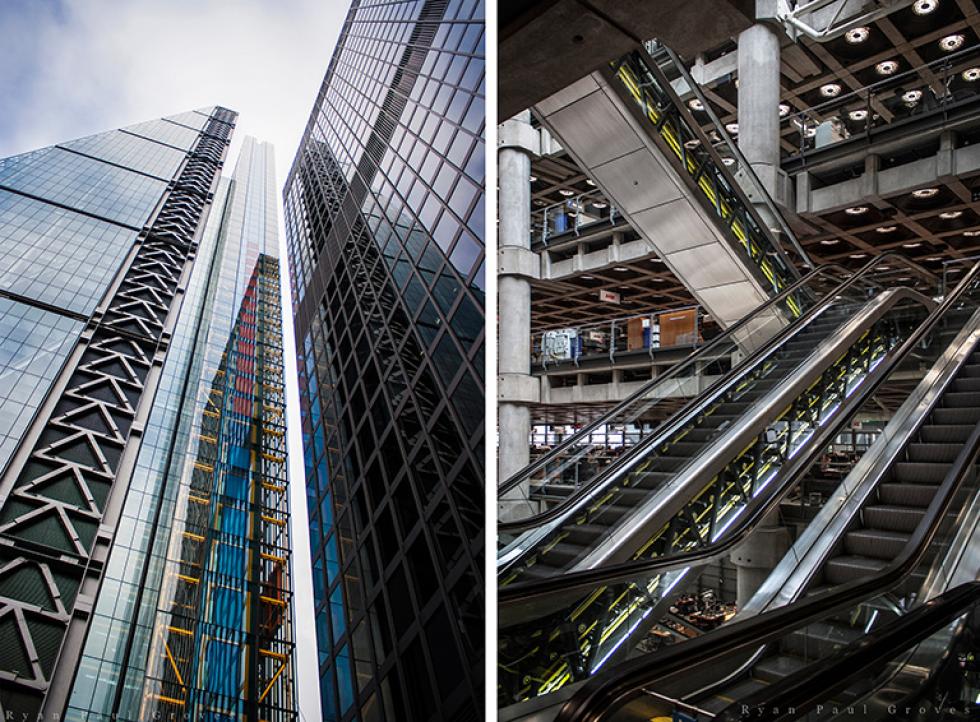
The Open House event has a strong ethos at its core: that direct experience and engagement with a space allows you to know the reality of it. A concept I very much agree with. You can't make an informed decision about how you feel about a building/space through photos and illustrations you may find on the Internet, which can lead to an abstracted opinion dependant on how the subject is captured. As you can see from my small selection of photos from my trip, you aren't necessarily seeing the bigger picture. Key questions can only be answered by direct interaction - How do you truly feel about it? Does it integrate well with its context? And, most importantly, is it successful in its intended use from the perspective of the people?
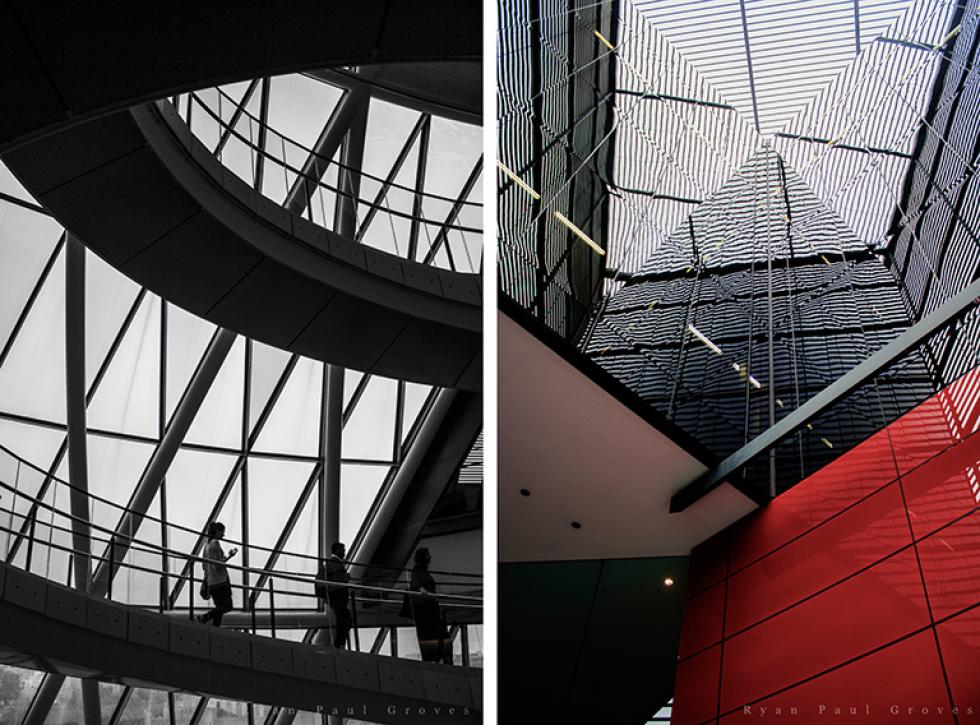
A new feature to the last Open House event was the addition of public space to their roster - something already accessible to the public of course, but this inclusion opens up a focused dialogue and draws attention to the value of effectively designed public space and its positive contribution to our cities. Since attending I've been thinking a lot about this topic, not just questioning what is considered good public space, but why there isn't more of it?
There was a time not too long ago when public life was a necessity and essential to our way of life. However in recent years, research shows the healthy balance of public life has been upset by a number of factors such as a vast growth in car traffic. As a result, in a lot of our modern cities, good public space has almost been forced out to cater for such expansion. This is an idea we explored in Defining Place where we looked for opportunities to transform the lost and unloved urban public spaces of Manchester by imagining a different future for them. It was no coincidence that during research for this project, the vast majority of 'dead' space within Manchester City Centre that I came across was already converted into a car park rather than public space that could help to improve the surrounding community!
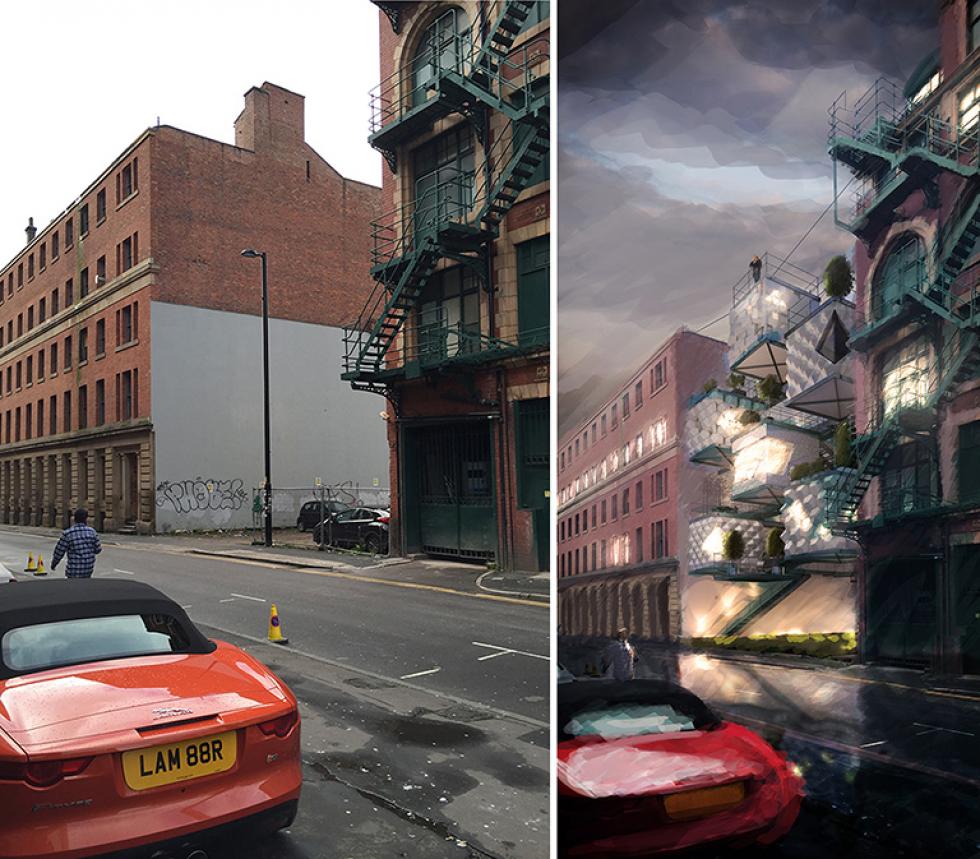
Some people believe the steady privatisation of society is reducing the need for public space in our cities, with activities like shopping or even meeting and talking moving online. However I would beg to differ, I think the need for good quality public space is more important than ever for this exact reason. Where good public space has been well executed - the culture of its surrounding district ingrained throughout, and attention given to every last detail on a social and human level - the activities and opportunities these spaces provide bring people together. They 'supplement' our ever-increasing private lives and make positive contributions to our neighbourhoods and communities.
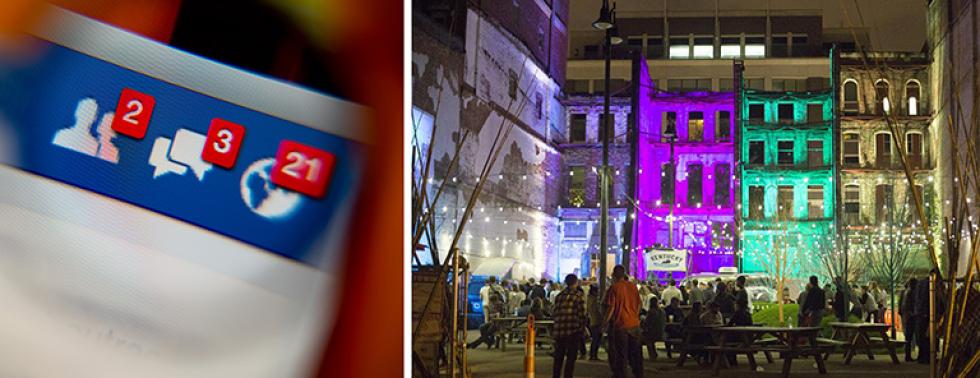
So what makes a successful public location?
Placemaking isn't a new concept, but something that shouldn't be overlooked as we continue to develop our cities in the modern age. An interesting summary of the notion of placemaking can be found here. It raises some very valid points when it comes to approaching public design and its significance in our cities. It's important to evaluate the needs of the neighbourhood as a whole, and not view the project through the perspective of just 'attractive design' or cost. By identifying what makes the community tick, the scope of public design can be refined to cater for the people who live, work and play in that area. Shoehorning in a trendy bar and a high street coffee shop might not 'click' with every community.
If there are more opportunities for the public to get involved in the growth of their public spaces, it not only addresses the individual needs of the society but also creates a space closer to their hearts. This can galvanise an area, give it an authentic sense of place and turn it into a truly welcoming place to visit full of local personality, culture and diversity.
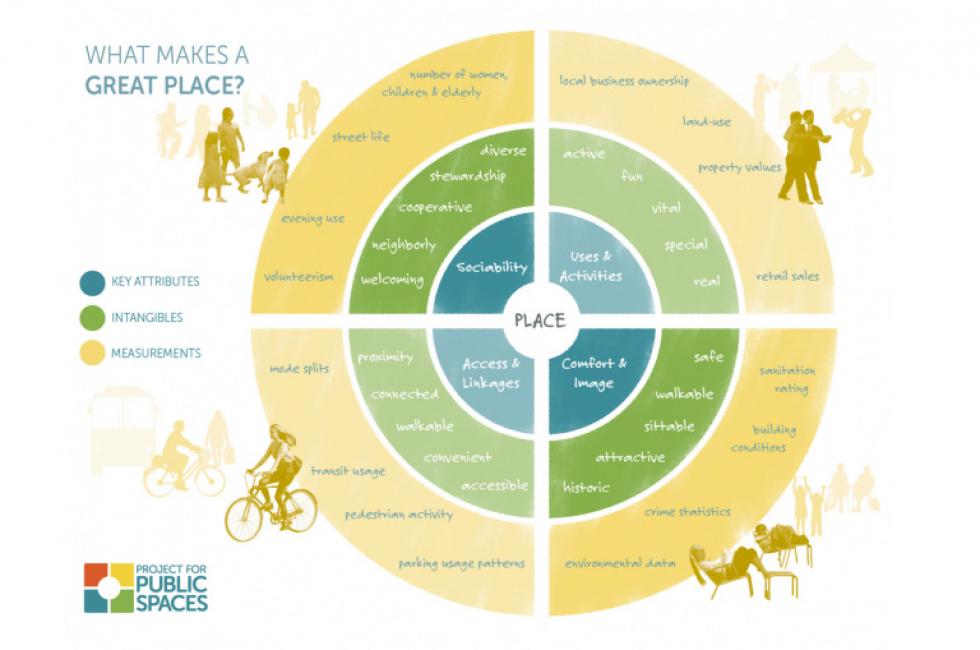
Tying in with the idea of placemaking is the need to maintain a place's character and promote events in our public spaces. As mentioned above, considered public design and placemaking offer the opportunity for shared experience, and the potential to host important cultural events such as Manchester International Festival or Speed of Light (to name just two fantastic events local to Manchester). MIF in particular, although predominantly an indoor festival, has certain parallels with Open House in that they make public access possible to previously inaccessible buildings by transforming them into event venues. Thus generating new and interesting ways to use our city and again, opening up a dialogue highlighting the positivity that comes out of publicising our privatised spaces.
Events such as these help to bring people together, encourage social interaction and fill our spaces with vibrancy and culture. Without public space that takes placemaking into consideration this would be much harder to achieve. Good public space provides a platform, not just for events but also for our communities and our cities to continue to blossom, with attractive pockets full of life, activity and human connection.
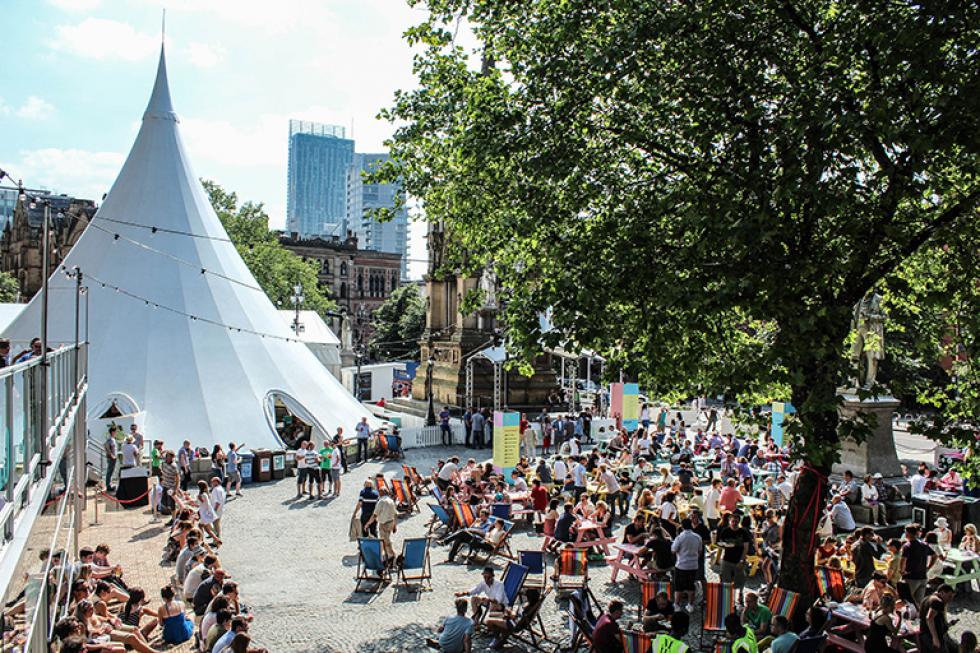
Ryan Groves
10 February 2015